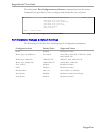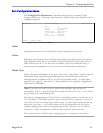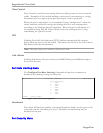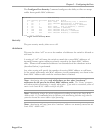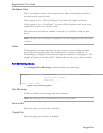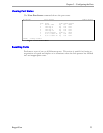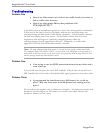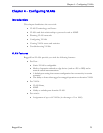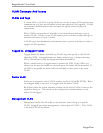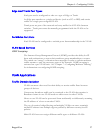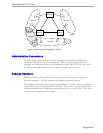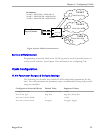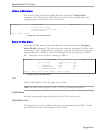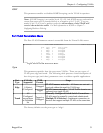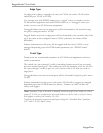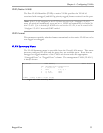
RuggedSwitch™ User Guide
VLAN Concepts And Issues
VLANs and Tags
A virtual LAN or VLAN is a group of devices on one or more LAN segments that
communicate as if they were attached to the same physical LAN segment. VLANs
are extremely flexible because they are based on logical instead of physical
connections.
When VLANs are introduced, all traffic in the network must belong to one or
another VLAN. Traffic on one VLAN cannot pass to another, except through an
intranetwork router or layer 3 switch.
A VLAN tag is the identification information that is present in frames in order to
support VLAN operation.
Tagged vs. Untagged Frames
Tagged frames are frames with 802.1q (VLAN) tags that specify a valid VLAN
identifier (VID). Untagged frames are frames without tags or frames that carry
802.1p (Prioritization) tags having prioritization information.
When a switch receives a tagged frame it extracts the VID. If the VID is not
allowed on the port the frame was received upon, the frame will be discarded. If
the VID is acceptable the frame will be forwarded to other ports in the same
VLAN.
Native VLAN
Each port is assigned a native VLAN number, the Port VLAN ID (PVID). When
an untagged frame is received, it is tagged with the native VLAN.
By default, when the switch transmits a frame on the native VLAN it removes the
tag before doing so. The switch can be configured to transmit frames on the
native VLAN tagged.
Management VLAN
Management traffic, like all traffic on the network, must belong to a specific
VLAN. RuggedCom switch management is always part of VLAN 1. This VLAN
is the native VLAN by default.
RuggedCom



